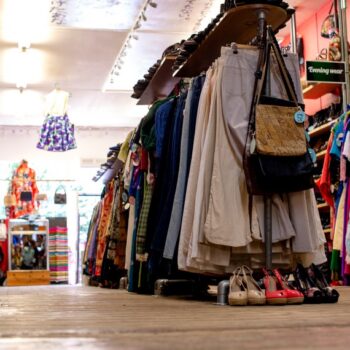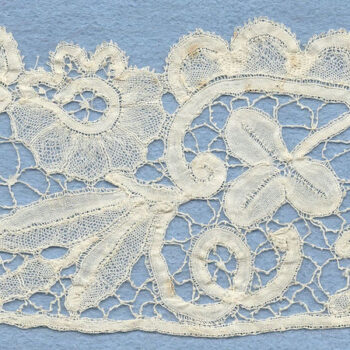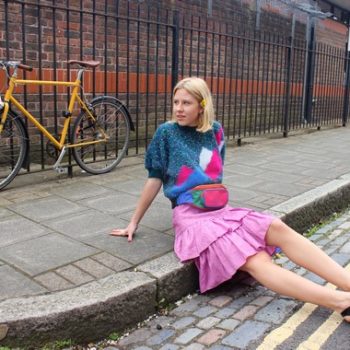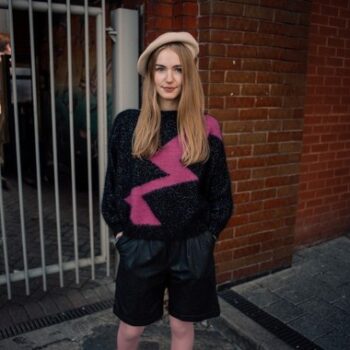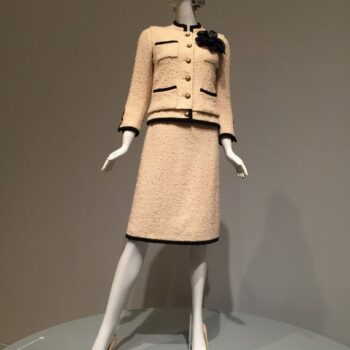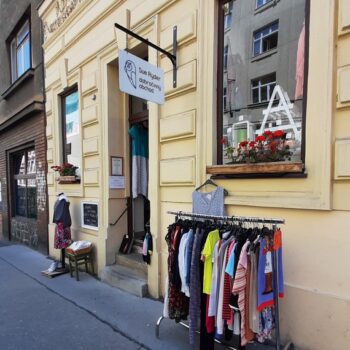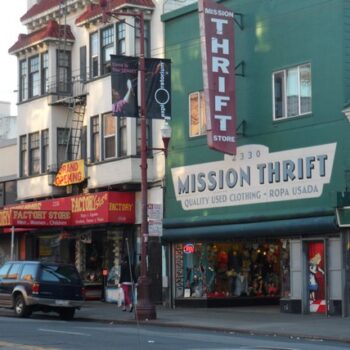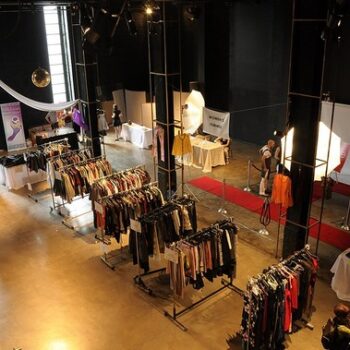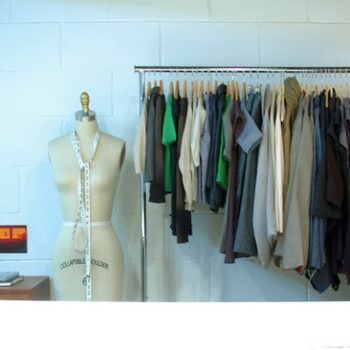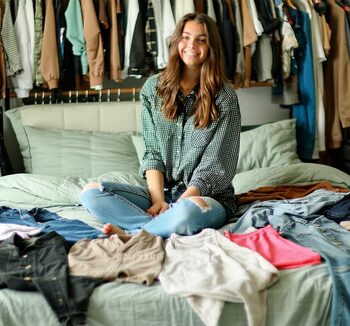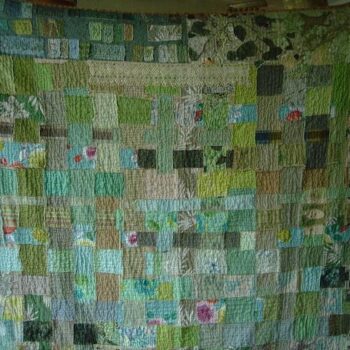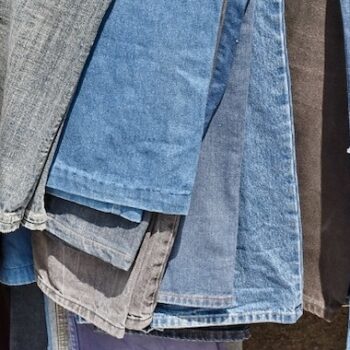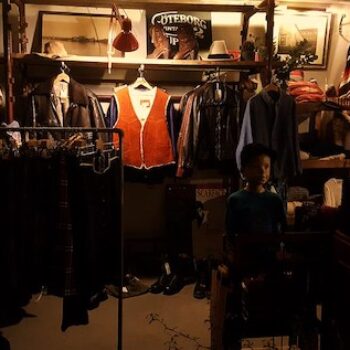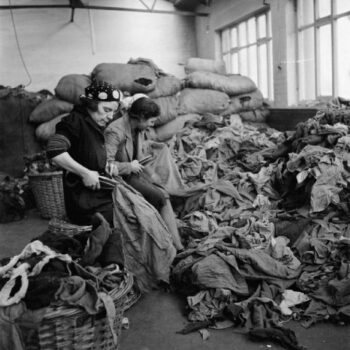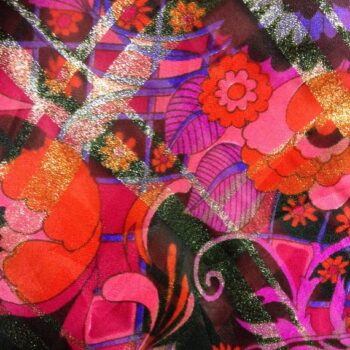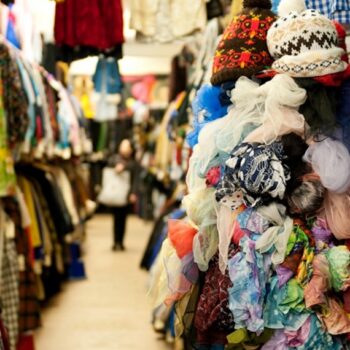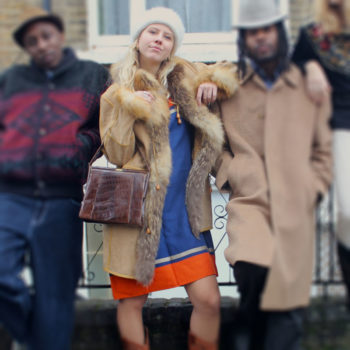Can you sell used clothes on Shopify?
September 27, 2025Can you sell used clothes on shopify? In the world of clothes business, it’s never been easier to start selling products. Whether you’re into design clothes or just want to sell your clothing from a clothing store or online clothing platform, it all begins with listing your items. Use the Shopify app to set up your Shopify store, set your price, and get access to a free trial. That’s a good deal for anyone keen to start selling clothes online. From high quality pieces to curated finds from thrift stores, small businesses are using social media and platforms like Material World to start selling with style and purpose.
Can You Sell Used Clothes on Shopify?
Yes, you absolutely can sell used clothes on Shopify. It’s not only permitted by the platform’s terms of service, it’s also becoming increasingly popular. The resale and thrift clothing industry is booming, driven by consumer awareness of sustainability and a desire for unique finds. Shopify, known primarily for hosting sleek branded stores and glossy new product lines, is also home to a growing ecosystem of secondhand sellers.
What matters is how you position and manage your store. Shopify itself is just the infrastructure; a framework of digital shopfront, payments, and logistics. What you sell is largely up to you, provided it doesn’t breach prohibited items policies. Used clothing is not on that list. In fact, some of the more interesting independent fashion brands on the platform deal exclusively in vintage, designer resale, or carefully curated thrift.
You can sell your own pre-worn items or start a resale business. Both approaches are supported. Shopify even includes tools, apps, and templates designed for boutiques, consignment shops, and other secondhand sellers. What counts is your clarity: is it a resale business with high-end curation? Is it your personal wardrobe clear-out? Are you offering upcycled pieces or hand-embellished vintage?
Buyers respond well to transparency. Label items clearly, describe their condition accurately, and include multiple clear photographs. Don’t try to pass a used item off as new. It’s not only misleading, it’s illegal in many jurisdictions. But it’s also counterproductive. Many customers come looking specifically for used garments because of price, ethics, or style. Make sure they know what they’re getting.
Building Trust and Crafting a Niche

Can you sell used clothes on shopify?
Selling secondhand online is as much about reputation as it is about stock. Shoppers can’t touch or try on the clothes, so they rely on your description and presentation. That means detailed sizing, clear measurements, accurate condition grading, and compelling imagery. You don’t need a professional studio, but you do need consistency.
Many Shopify sellers start by creating a brand that reflects the aesthetic of the clothing they’re curating. A small store offering ‘90s clubwear will look and feel different from one specialising in Edwardian cotton nightgowns or Y2K denim. That branding, from your logo to your product names, can help you find your audience.
Marketing Tips
It also helps with marketing. Shopify does not function as a marketplace like Depop or eBay. You won’t automatically get traffic. You need to create it through SEO, social media, email marketing, or paid advertising. The good news is, you have total control over the look and feel of your shop, which helps in building a loyal following. A thoughtfully styled homepage, compelling ‘About’ section, and regular content (such as styling tips or blog posts) can go a long way toward convincing customers that your secondhand clothes are worth clicking on.
There are apps within Shopify that assist with some of the labour involved in selling used items. Size chart generators, return portals, condition tags, and product bundlers can make your workflow smoother. Some sellers use dropshipping-style plug-ins for resale, though this is less common with genuinely used clothing. More often, it’s about photographing, tagging, storing, and shipping each piece yourself.
If you’re scaling up from a small personal venture to a business, you may need a basic system for inventory management. Shopify’s backend allows for inventory tracking, SKU management, and stock counts, but it’s up to you to ensure accuracy. With one-off items, this is particularly important. You don’t want to disappoint a customer by double-selling a piece that can’t be replaced.
Can You Sell Used Clothes on Shopify?
Yes, and it might be one of the best places to do so if you want to create a brand around secondhand clothing. Shopify gives you far more freedom than closed-loop marketplaces. You control the design, layout, payment options, shipping policies, and customer journey. That level of customisation is ideal for sellers who want to present used clothes in a stylish, editorial way.
Let’s look at some examples. Sellers like TBC Consignment and Recollection operate thriving secondhand clothing stores on Shopify. They combine editorial photography with curated inventory, which helps create trust and desire. Others use Shopify for their personal resale projects, branding themselves as vintage enthusiasts or fashion historians.
Sustainability and Shopify
Shopify also supports point-of-sale tools, so if you sell at markets or pop-ups as well as online, your stock can sync across both. This is especially helpful for secondhand goods, where each item is unique and you don’t want to risk selling the same thing twice. You can scan labels or update inventory on your phone or tablet.
Sustainability is one of the driving factors behind the secondhand boom, and customers are increasingly aware of the environmental impact of the fashion industry. Selling used clothes on Shopify means you can incorporate that story into your brand. Use your homepage, packaging, or social content to explain your philosophy. Whether it’s about reducing landfill, preserving heritage textiles, or championing circular fashion, it all contributes to your customer’s sense that they are buying something meaningful.
Pricing, Legal Considerations, and Quality Control
When it comes to pricing, secondhand clothing doesn’t follow a fixed rule. A worn polyester blouse might sell for £5 or less, while a rare designer piece from the ‘80s can command hundreds. Research what similar items are selling for, both on Shopify and other platforms. Be aware of pricing psychology. A well-priced item that looks beautiful and unique will usually outperform an overpriced one, no matter the brand.
Be honest in your listings. State flaws such as stains, fading, or missing buttons. Many customers are fine with imperfections as long as they are disclosed. Some sellers use condition gradings such as Excellent, Very Good, or Fair. Others write out detailed descriptions. Include fabric content if you know it. Label sizes can vary widely, especially in vintage. Flat-lay measurements are essential.
Can You Sell Used Clothes on Shopify in the UK?
There are legal requirements around selling used clothes in some jurisdictions. For instance, in the UK, the Consumer Rights Act still applies. That means the items must be as described, fit for purpose, and of satisfactory quality, within reason. In the US, you may be required to collect sales tax depending on your state. Shopify has settings to help you manage this.
Some sellers worry about hygiene and safety. While there’s no legal requirement to dry clean or sterilise used clothes before sale, it is best practice to ensure all items are clean, odour-free, and inspected before shipping. Packaging matters too. Some sellers use eco-friendly tissue paper, recyclable mailers, or branded tags to present even a secondhand item as a thoughtful purchase.
Returns can be trickier than with new clothing. Decide whether to accept them, and on what terms. Shopify lets you set return windows and create automated labels, but again, you make the rules. Many secondhand sellers offer exchanges or store credit rather than refunds, especially for one-off vintage pieces.
Many Reasons
So yes, selling used clothes on Shopify is not only possible, it is increasingly smart. The platform supports independent businesses and gives sellers the tools to run their own branded shops. Whether you’re cleaning out your closet or launching a full-scale resale venture, Shopify allows you to do so with style, structure, and control. Like any business, success depends on how well you understand your audience, manage your stock, and present your product. But when it comes to secondhand clothing, the appetite is certainly there.
Setting Up Your Shopify Store for Used Clothing
The process of setting up a Shopify store for used clothing is largely the same as for any product-based business. You begin by choosing a plan (the Basic plan is often sufficient to start with), then customise your shop using one of Shopify’s free or paid themes. You’ll want something clean and image-forward, to help your listings stand out. Even if your inventory is small, it’s worth taking time with layout and structure. A well-organised shop with categories for tops, dresses, jackets, or styles such as “vintage 90s” or “quiet luxury” helps buyers navigate your stock and increases sales.
Payment gateways are built in. You can accept card payments, PayPal, Apple Pay, and others with no extra set-up. Shipping is more manual. Since each garment is unique, flat-rate or weight-based shipping tends to work best. You can use Shopify’s built-in label system or ship orders independently. Either way, make sure your shipping policy is visible and includes information on delivery times and international availability, if applicable.
Another detail worth considering is how you photograph your items. Flat lays are simple and clear, but worn garments often benefit from being shown on a person. You don’t need professional models. In fact, customers often appreciate seeing clothes on a variety of body types. If that’s not possible, a mannequin or dress form can help. Keep backgrounds uncluttered and lighting natural where possible.
Shopify also allows you to add pages to your site, so consider including a short guide on how to care for vintage clothing, or a FAQ explaining sizing. This adds polish and authority to your store and helps reduce customer uncertainty — which, in the world of used clothing, can be the difference between browsing and buying.







